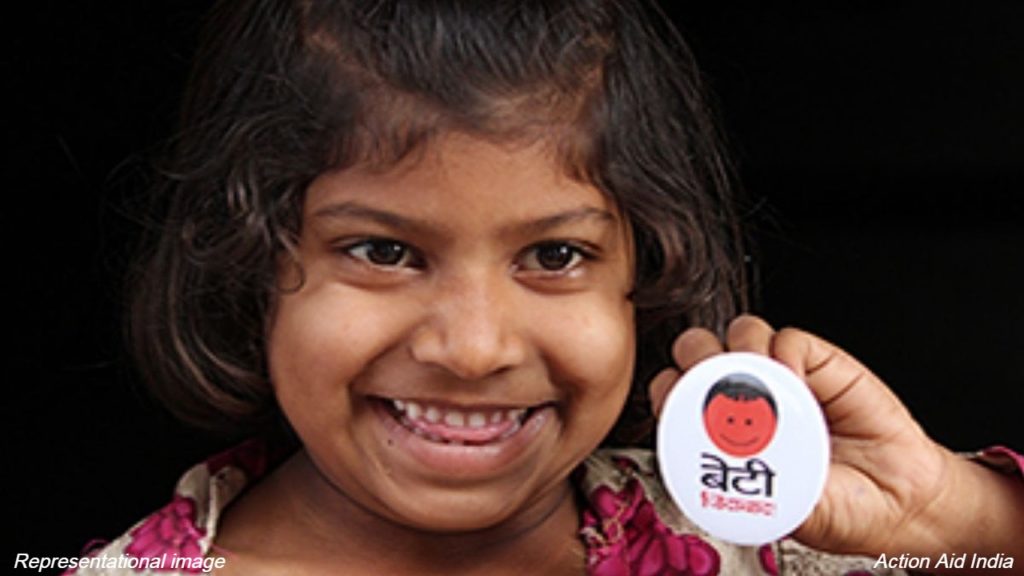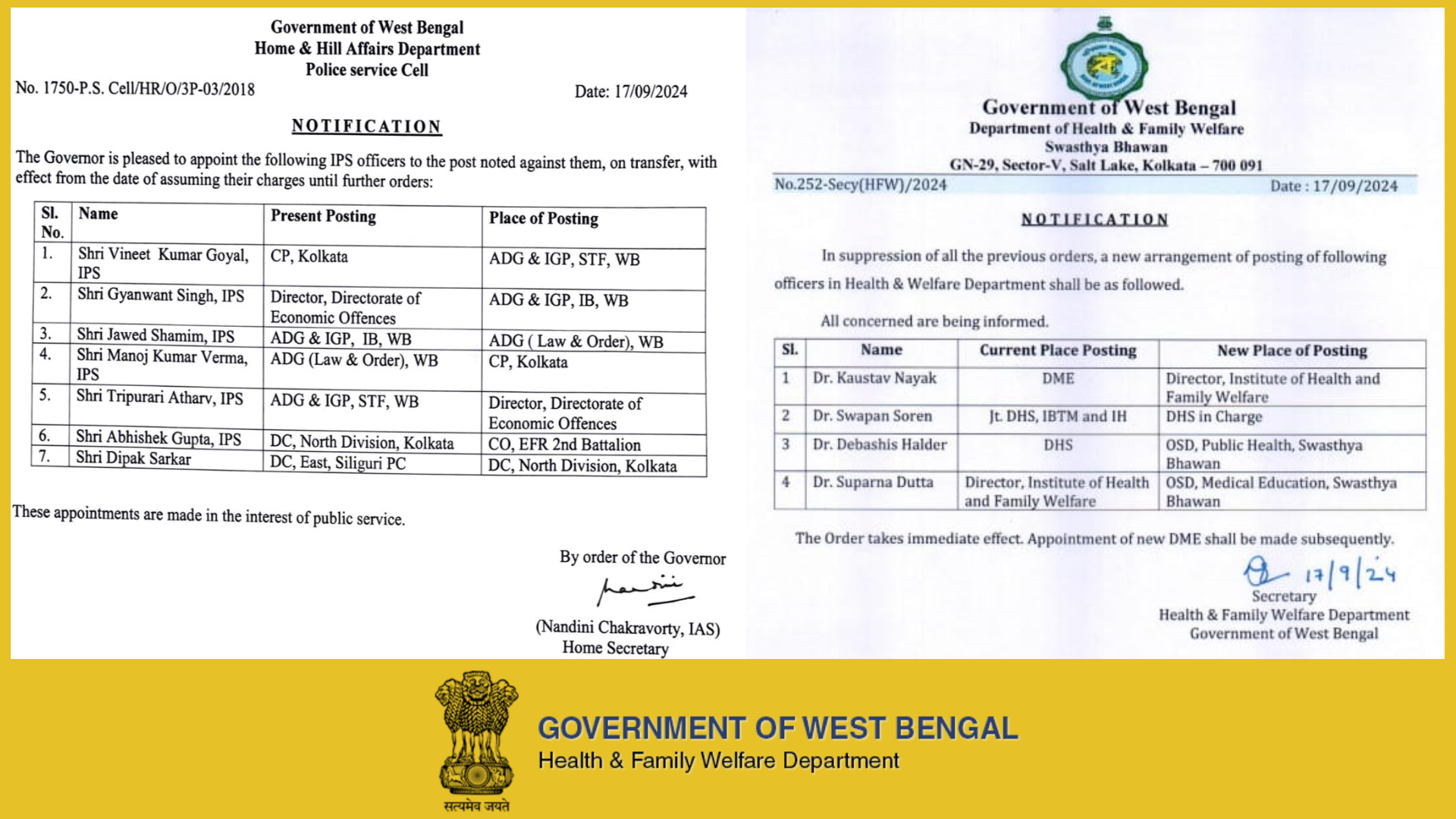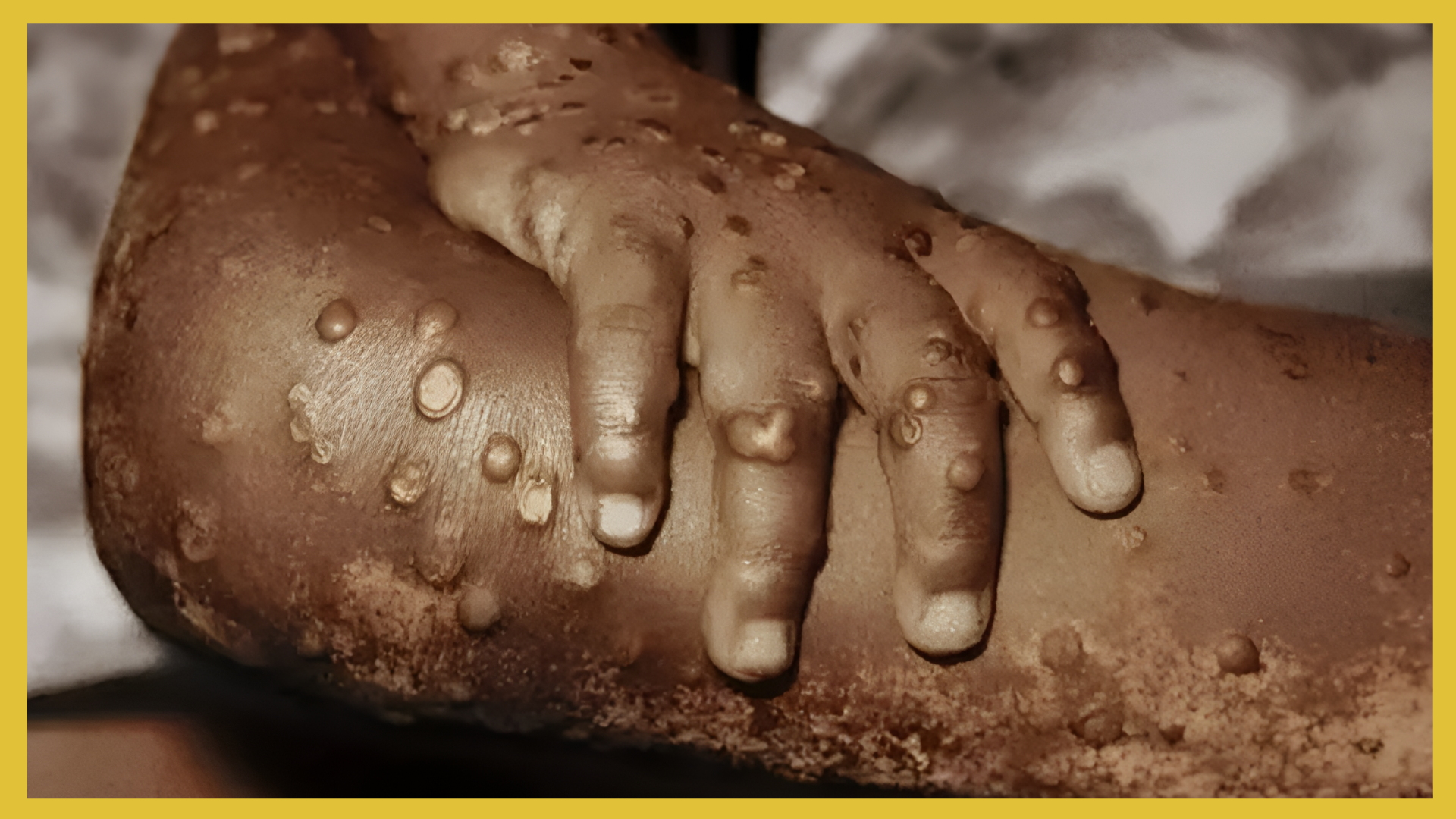1,020 women for every 1,000 men? Experts say not possible

The latest National Family Health Survey says that there are now 1,020 women for every 1,000 men, which is a huge achievement. But experts are saying that this cannot be true because the difference between the ideal and real sex ratio at birth is too wide to merit this number. Others say that NFHS’s sample size and sampling region are too small to say anything definitive about sex ratio of adults.
India has long been called “a country of missing women”—a phrase first used in an essay by the Nobel laureate Amartya Sen in 1990 when the sex ratio had hit rock bottom at 927 women for every 1,000 men. He had put the number of missing women at 37 million.
Going back 20 years, the 2001 census data gave sex ratio as 933, which improved a bit over the next 10 years to stand at 940 (2011 census).
The latter census, the last one held (the 2021 one has not been held yet due to the COVID-19 pandemic), also said that the child sex ratio (which counts children from zero to six years) was 918 girls for every 1,000 boys, a really abysmal figure. It had reduced considerably from the 927 as per the 2001 census.
The latest National Family Health Survey (NFHS) data (NFHS-5), though, released recently, says there are now 1,020 women for every 1,000 men, and the child sex ratio stands at 929.
Taken at face value, the improvement in sex ratio is huge, from the 940 recorded in the 2021 census.
Experts say women outlive men and that’s why the total sex ratio is always higher than the sex ratio at birth (becomes male-biased to female-biased). But researcher and activist Sabu George told the BBC that, even then, the figure of 1,020 is just not plausible.
Demographers say if there is no discrimination against girls then the ideal sex ratio at birth in India is expected to be 952, but the latest survey puts it at 929 (sex ratio at birth was calculated “for children born in the last five years”).
Therefore, there is a “23-point, or 2 per cent difference between the ideal and the reality”, which shows that “we are still killing millions of girls”.
“If there are 26 million births in India every year, they add up to 130 million births in the past five years. This means we’ve killed 2.6 million girls in just the past five years,” he said.
Therefore, “[i]f over 30 to 40 years we have eliminated tens of millions of girls, our actual deficit of birth would be even larger by 2021”, that is, the child sex ratio would be much lesser than the 929 given by NFHS-5. “And if there’s such a large deficit of women, how is it even possible to believe that this number (1,020 women for every 1,000 men) is credible?” asked George incredulously.
Health and women’s rights campaigners say many sex-selective abortions are still carried out illegally, despite the Pre-Conception and Pre-Natal Diagnostic Techniques Act, 1994 outlawing sex-selective abortions, which was amended in 2002 to include gender selection even at the pre-conception stage.
Jashodhara Dasgupta, a sex ratio expert told Down To Earth magazine that census figures were more reliable than NFHS. That is because the entire population of the country was counted during a census and the sex ratio was then calculated on the total number.
“NFHS counts only certain women, who belong to specific demographic categories. There is a bias in it. Just look at the state figures where the sample size is too small. We will have to wait for the next census figures to get a clearer picture,” she said.







